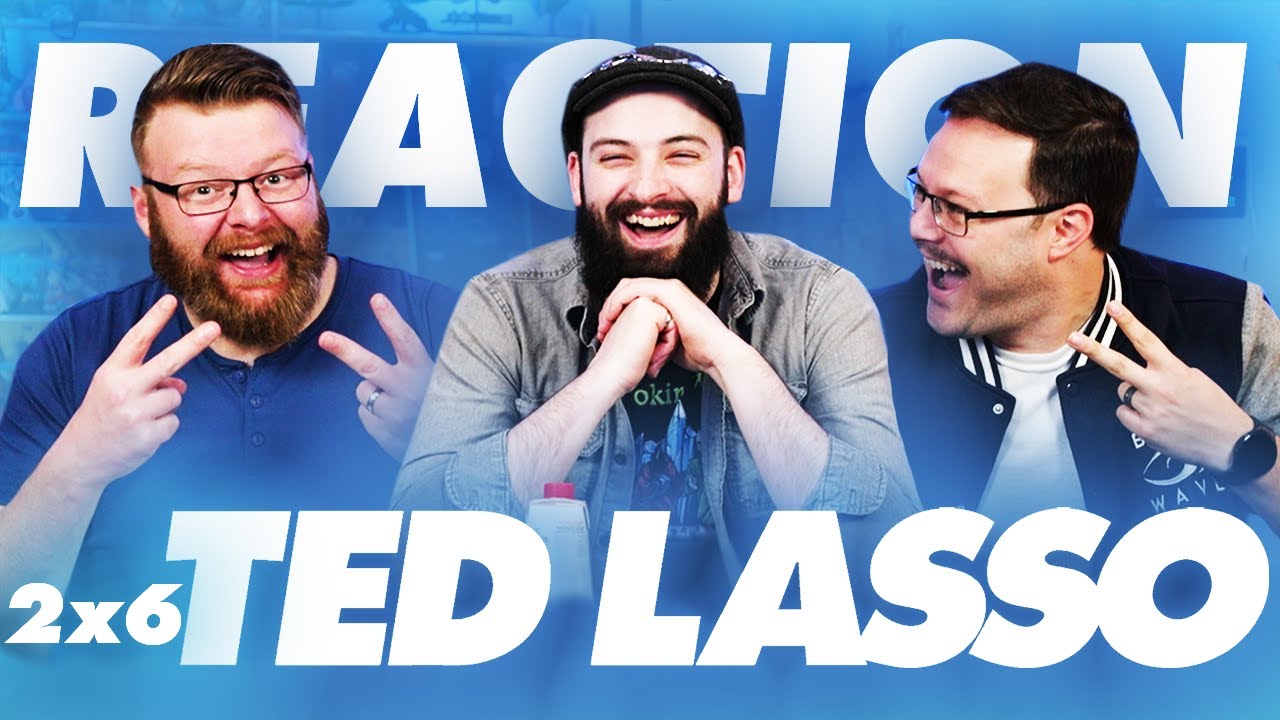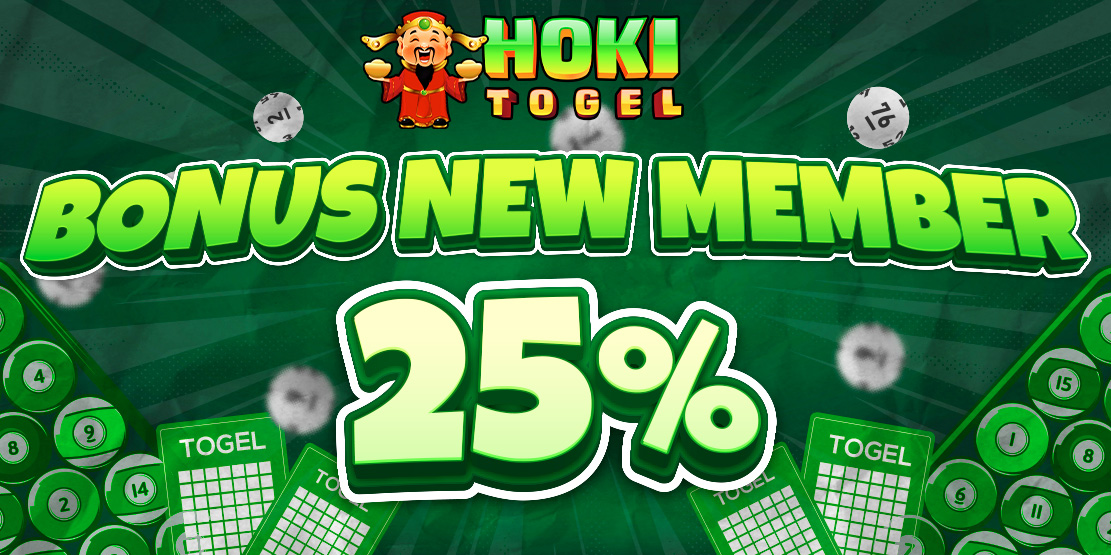In recent years, webtoons have emerged as a cultural force in the digital world, 웹툰 사이트 redefining how we consume comics and stories. Originating from South Korea, this online comic format has gained a global following, captivating readers with its vibrant visuals, diverse genres, and interactive formats. But what exactly makes webtoons so special, and why have they become such a significant part of modern digital entertainment?
What Are Webtoons?
A webtoon is a digital comic, often published in a vertical scroll format optimized for mobile devices. Unlike traditional comics that are often read from left to right or top to bottom, webtoons are designed to be scrolled through, offering a more immersive experience. The format is typically broken down into individual episodes or chapters, making it easy for readers to dive in and out of a series at their convenience.
While webtoons started as a Korean phenomenon, the appeal quickly spread globally, thanks to their accessible format, relatable storytelling, and the widespread use of smartphones. Popular webtoon platforms like LINE Webtoon, Tapas, and Lezhin have helped facilitate this growth by providing an accessible platform for both established and up-and-coming creators.
Why Are Webtoons So Popular?
- Accessibility and Convenience: The primary appeal of webtoons lies in their accessibility. Since they are mostly free to read, and often serialized in bite-sized chunks, readers can easily pick up a story wherever they are—whether they are waiting in line, during a break at work, or simply lounging at home. The vertical scroll format also enhances the reading experience on mobile devices, which are the go-to platform for most webtoon readers.
- Diverse and Inclusive Genres: Webtoons have an incredible range of genres, catering to every possible interest. Whether you enjoy romance, fantasy, action, horror, slice of life, or even niche genres like historical fiction, there’s a webtoon for you. They often explore themes that are not commonly found in mainstream comics or television, such as LGBTQ+ stories, mental health, and socio-political issues. This diversity has allowed webtoons to connect with a global audience, offering something for everyone.
- Unique Visual Style: Webtoons have a distinctive visual style, often characterized by vibrant colors, clean lines, and expressive characters. The format encourages creators to use full-page spreads or vertical panels, which gives the art a dynamic, cinematic feel. With a focus on character-driven storytelling, the art complements the narrative in a way that enhances the overall experience.
- Direct Connection Between Creators and Fans: Webtoon platforms allow for direct interaction between creators and their audience. Fans can leave comments, rate episodes, and even send messages to their favorite creators. This connection has led to a thriving online community that is deeply invested in the stories and characters. Some webtoon creators even adjust their storylines based on fan feedback, creating a more collaborative relationship between creator and reader.
- Adaptations Into Other Media: The success of webtoons has also led to a wave of adaptations into other media, such as television dramas, movies, and even video games. Some webtoons, like “Tower of God”, “The God of High School”, and “True Beauty”, have been adapted into popular K-dramas and anime, further propelling their reach to a broader audience. These adaptations often result in increased interest in the original webtoon, creating a cycle of growth for both the comic and its adaptation.
Webtoons: A Cultural Shift in Storytelling
Beyond their entertainment value, webtoons are reshaping how we tell and consume stories. Traditional comics, often confined to physical media or static online formats, are increasingly being replaced by the dynamic, interactive storytelling of webtoons. Creators are experimenting with new ways of telling stories, blending text, art, and even sound to create a multisensory experience.
The vertical scroll format itself encourages pacing that is more akin to watching a TV show than reading a traditional comic. The slow, deliberate buildup of panels as you scroll down the screen mimics the unfolding of a plot in real-time, allowing for suspense and drama to build in ways that traditional comics might not. Some webtoons even incorporate interactive elements, such as animations, sound effects, and music, further blurring the lines between comics and multimedia entertainment.
The Future of Webtoons
The future of webtoons looks incredibly promising. As the medium continues to evolve, creators are pushing boundaries in both art and storytelling. The global expansion of webtoon platforms and the rise of international webtoon creators suggest that the format will only continue to grow in popularity.
Additionally, with the increasing crossover between webtoons and other forms of media, it’s clear that the influence of webtoons will extend far beyond the digital page. Their ability to connect with audiences on a deep emotional level, combined with their accessible format, makes them a key player in the future of entertainment.
As the medium continues to grow, it will likely inspire new forms of digital storytelling, perhaps even merging with video games, virtual reality, or interactive digital novels. Webtoons may very well become the blueprint for a new wave of narrative entertainment.
Conclusion
Webtoons are more than just a digital comic format—they are a revolution in the way we consume stories. With their easy accessibility, diverse genres, unique art styles, and direct connection to readers, webtoons have earned their place in the cultural zeitgeist. As the medium continues to evolve and expand globally, it’s clear that webtoons are here to stay, offering exciting new opportunities for creators and audiences alike in the world of digital entertainment. Whether you’re a fan of fantasy, romance, or slice-of-life stories, the world of webtoons is vast, and there’s something for everyone.


